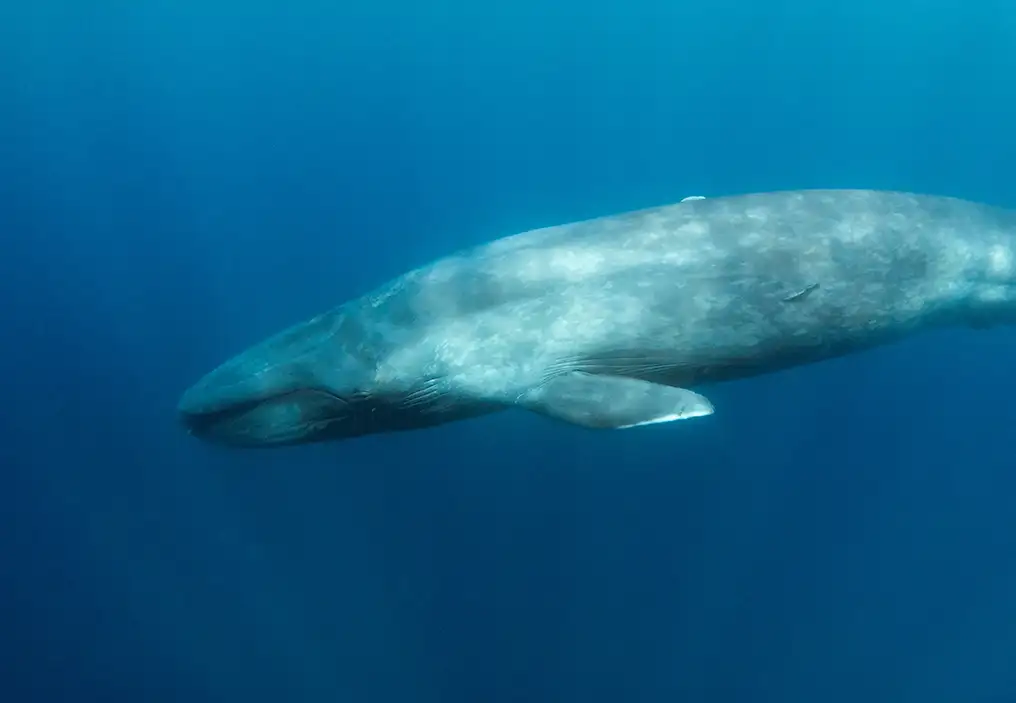The ocean connects everything. It regulates our climate, holds most of the life on earth, and feeds billions. It drives local economies and global weather. But it’s under pressure.
Industrial activity is pushing marine ecosystems to the brink. A third of the world’s fisheries are pushed beyond their ability to restock. Rising sea temperatures are causing widespread coral bleaching.
We can make our oceans healthier for us and for our kids by supporting 30x30: a global goal to protect at least 30 per cent of our oceans by 2030.
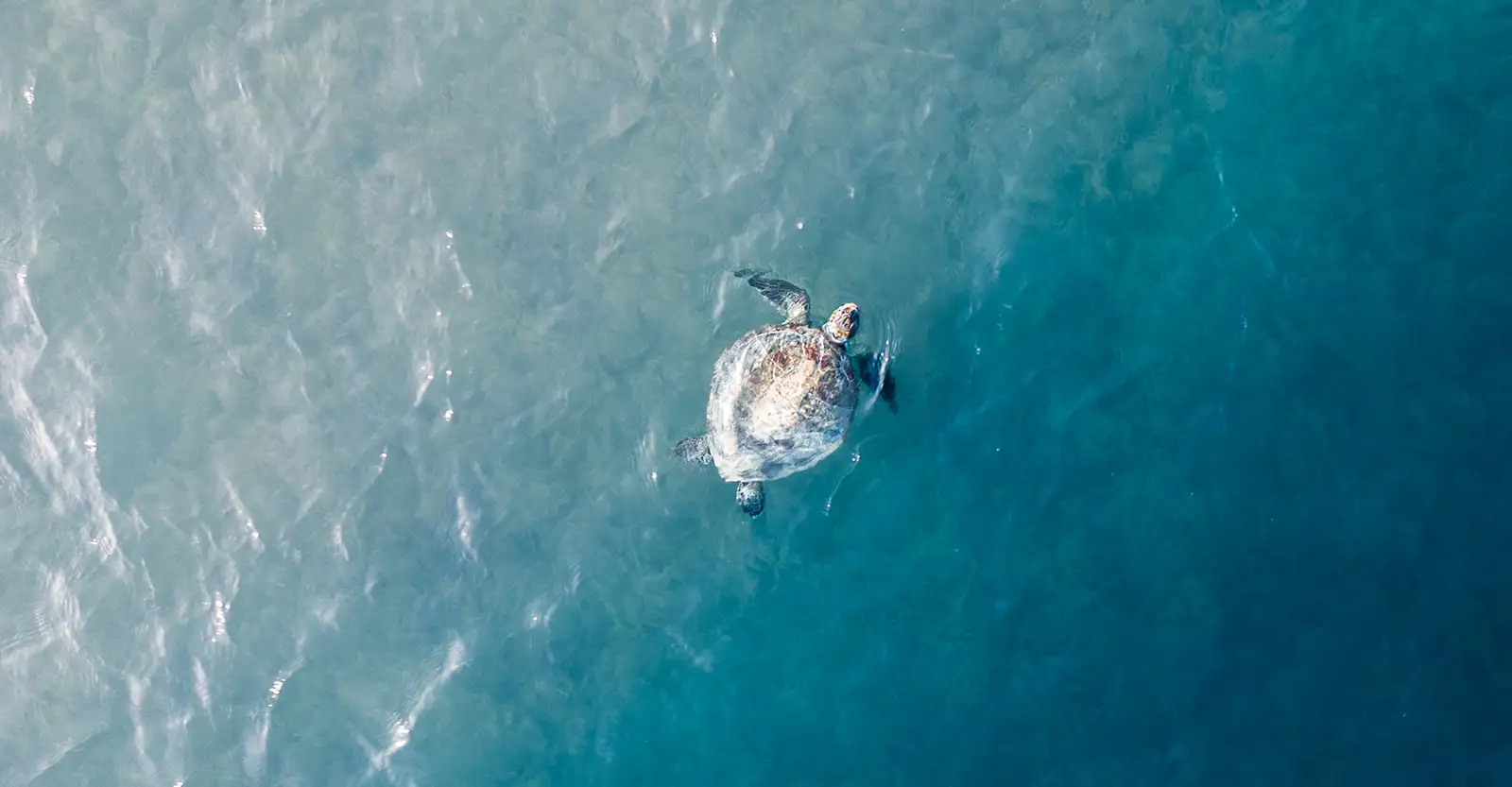
Agreed by over 190 countries under the Global Biodiversity Framework, it’s one of the most ambitious conservation efforts in history and one of the most practical.
When done well, 30x30 works by creating networks of marine protected areas, places where human activity is carefully managed or restricted to allow nature to recover and thrive.
These areas act as safe havens for marine life, helping ecosystems bounce back and fish populations rebuild. And the benefits don’t stay within the boundaries, they spill over into surrounding waters and communities.
Healthy oceans support local livelihoods, food security, cultural identity and economic resilience – especially in coastal and island nations.
30x30 is not just an environmental target – it’s a practical way to rebuild the ocean’s health and support the people and industries who depend on it.
The 30x30 goal will:
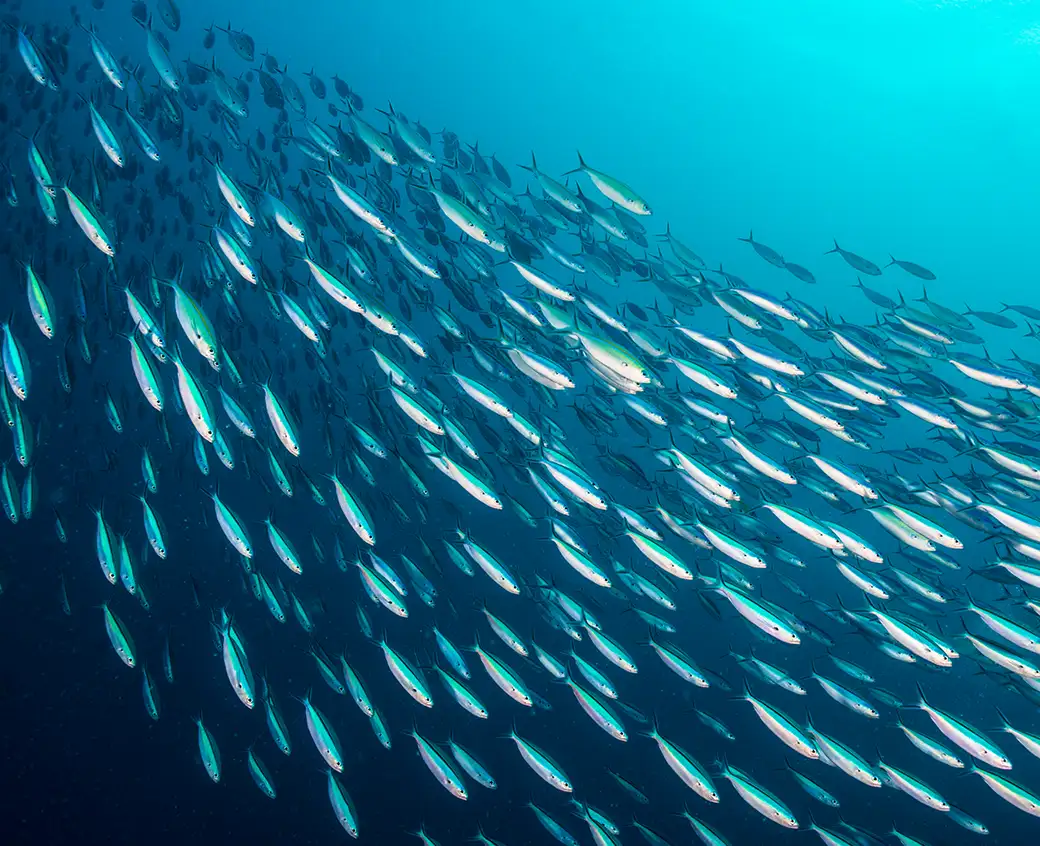
Rebuild fish populations
Genuine marine protected areas – particularly no-take zones – can increase fish biomass by up to 500 per cent. These areas allow ecosystems to recover and help replenish fish stocks in surrounding waters.
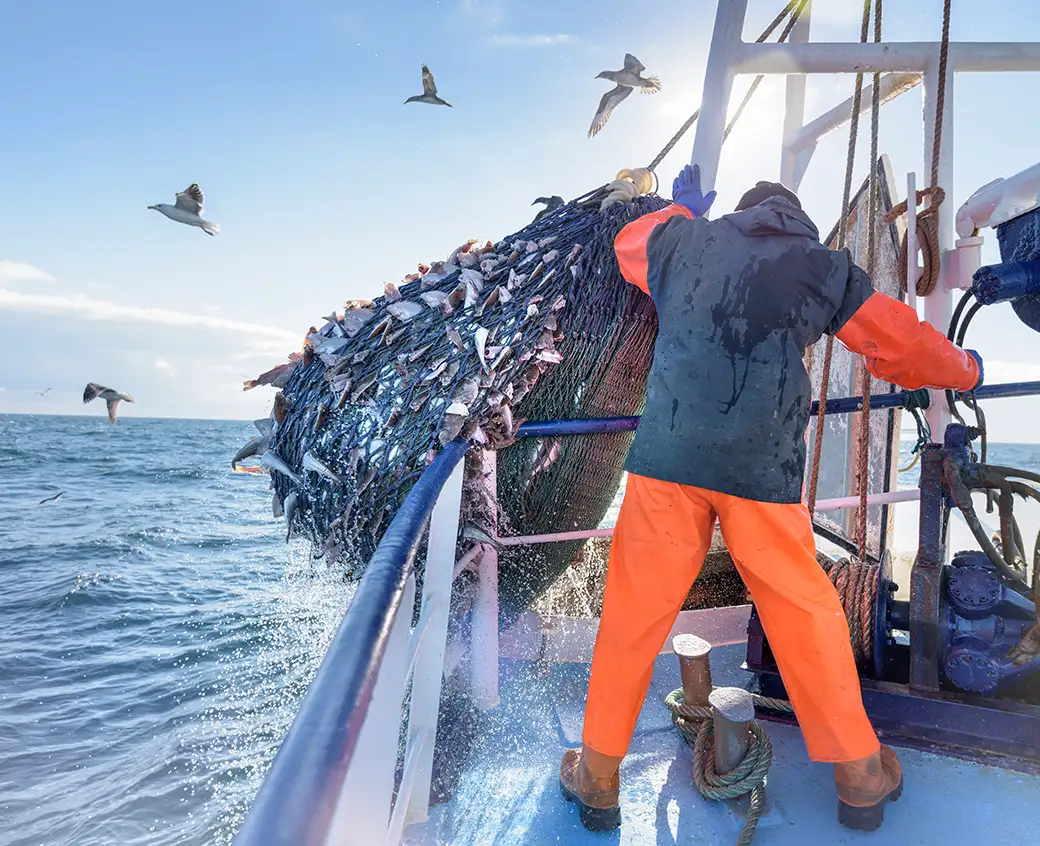
Provide certainty for industry
Protecting key marine areas offers structure and stability in the face of overfishing, climate disruption and ecological decline. For the fishing sector, it supports long-term access to fish stocks, reduces the effects of unpredictable changes and strengthens future yields.
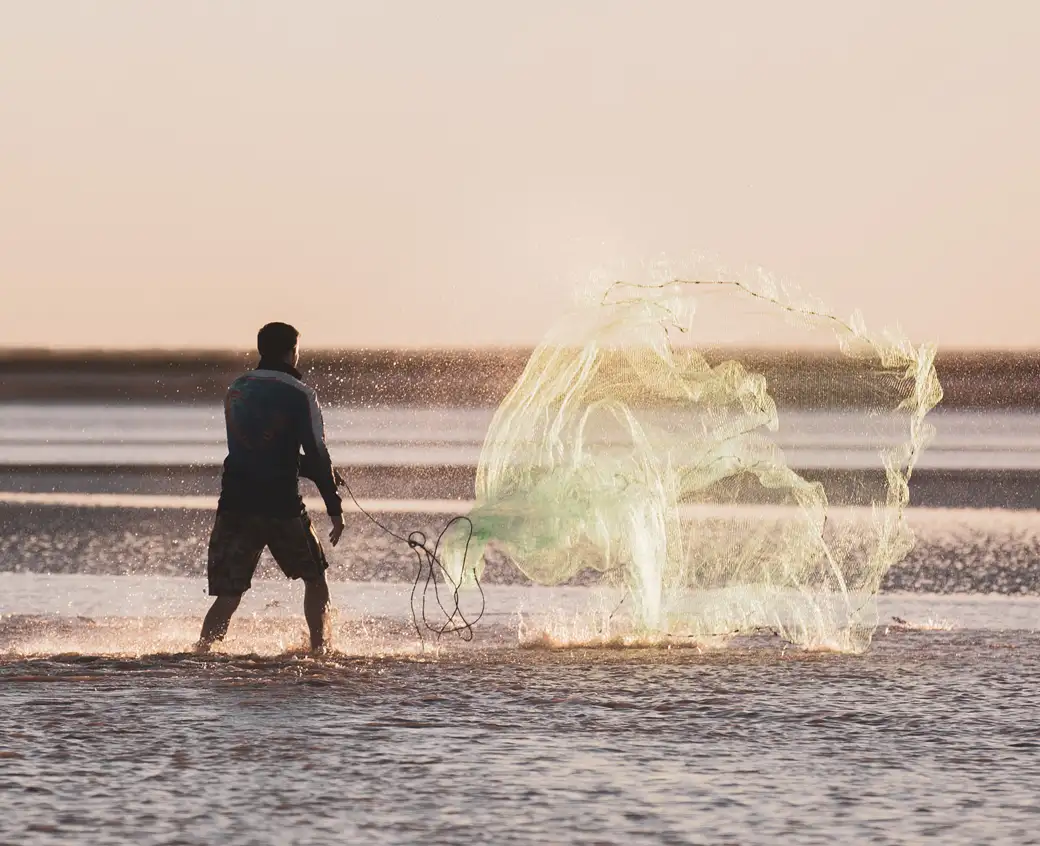
Deliver economic and community benefits
Well-managed and properly financed marine protection areas support food security and job creation in coastal communities. Marine protection can reduce supply chain risk, strengthen tourism and contribute to more resilient ocean-based economies.

Support global biodiversity and climate goals
Marine protection is essential to reversing the loss of marine plants and animals, and supports resilience to climate change – helping ensure ocean ecosystems can keep thriving well into the future.
We’re backing the people and partnerships turning global commitments into real protection and helping to scale what works, where it matters most.
Effective marine protection
Working with governments, scientists and local communities to improve marine protected area design, enforcement and management – including as a partner in the Blue Nature Alliance and through initiatives like Hifadhi Blu in the Western Indian Ocean.
Sustainable finance
Providing early-stage, high-impact investment to unlock long-term ocean conservation – including piloting a $10 million Marine 30x30 Finance Program in three countries.
Smarter ocean monitoring
Scaling access to next-generation monitoring tools like eDNA, AI and remote sensing through programs like OceanOmics.
Global leadership and policy
Supporting implementation of international frameworks like the High Seas Treaty, and highlighting ocean priorities at global events including the United Nations Ocean Conference and the Indian Ocean Forum.
Storytelling and engagement
Co-producing Ocean with David Attenborough through Minderoo Pictures, and using storytelling to connect science to action.
Right now is a key time to protect the ocean. What we decide in the coming years will shape our future for the next decade and beyond.

Ocean recovery is possible within our lifetime, but only if we act now.
The research shows that when we take action to protect marine ecosystems, our oceans recover, and communities and industries reap the benefits.
If we take steps now to protect 30 per cent of our oceans and end destructive practices, we can have confidence that our oceans will be sustainable into the future.



